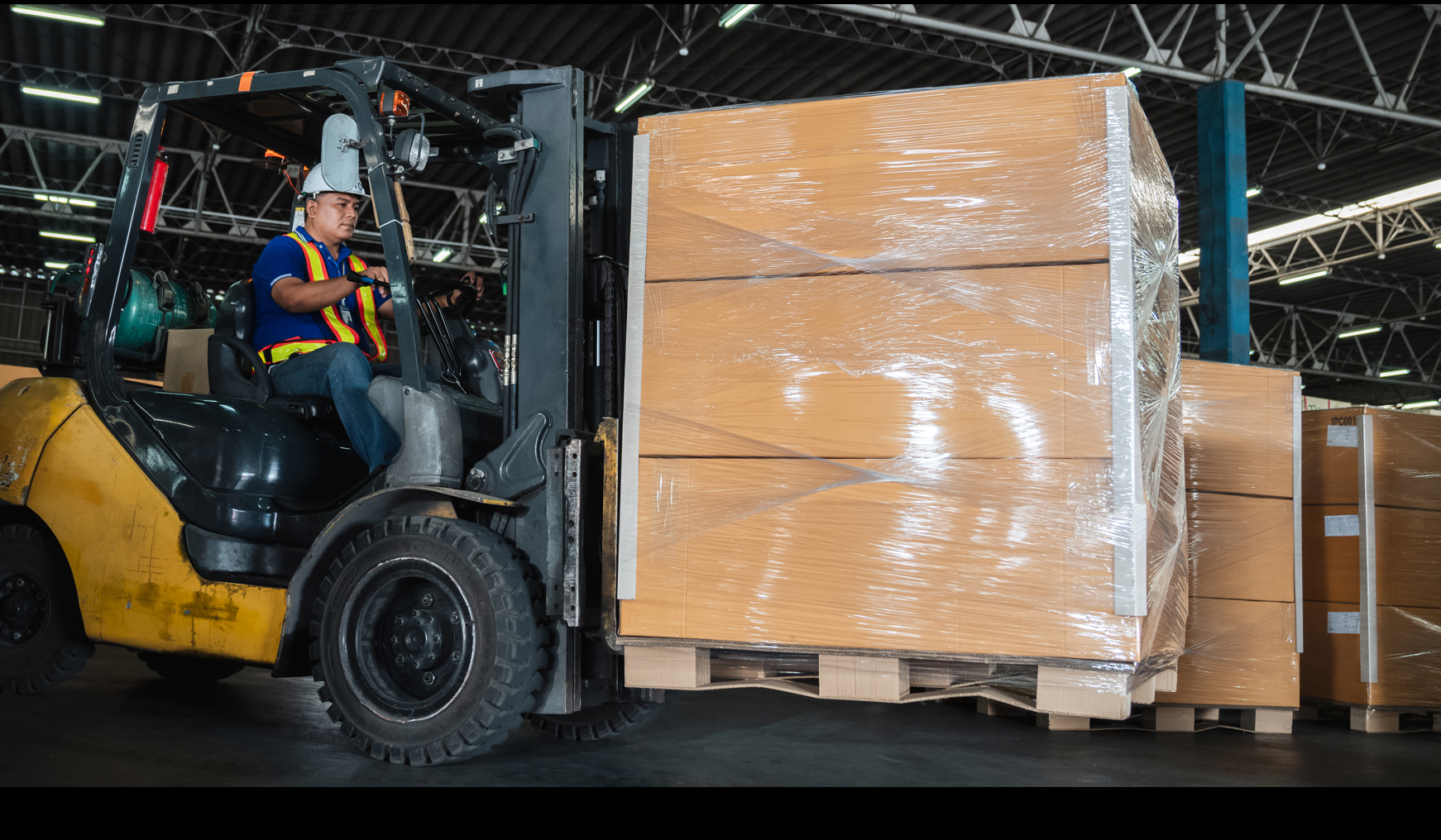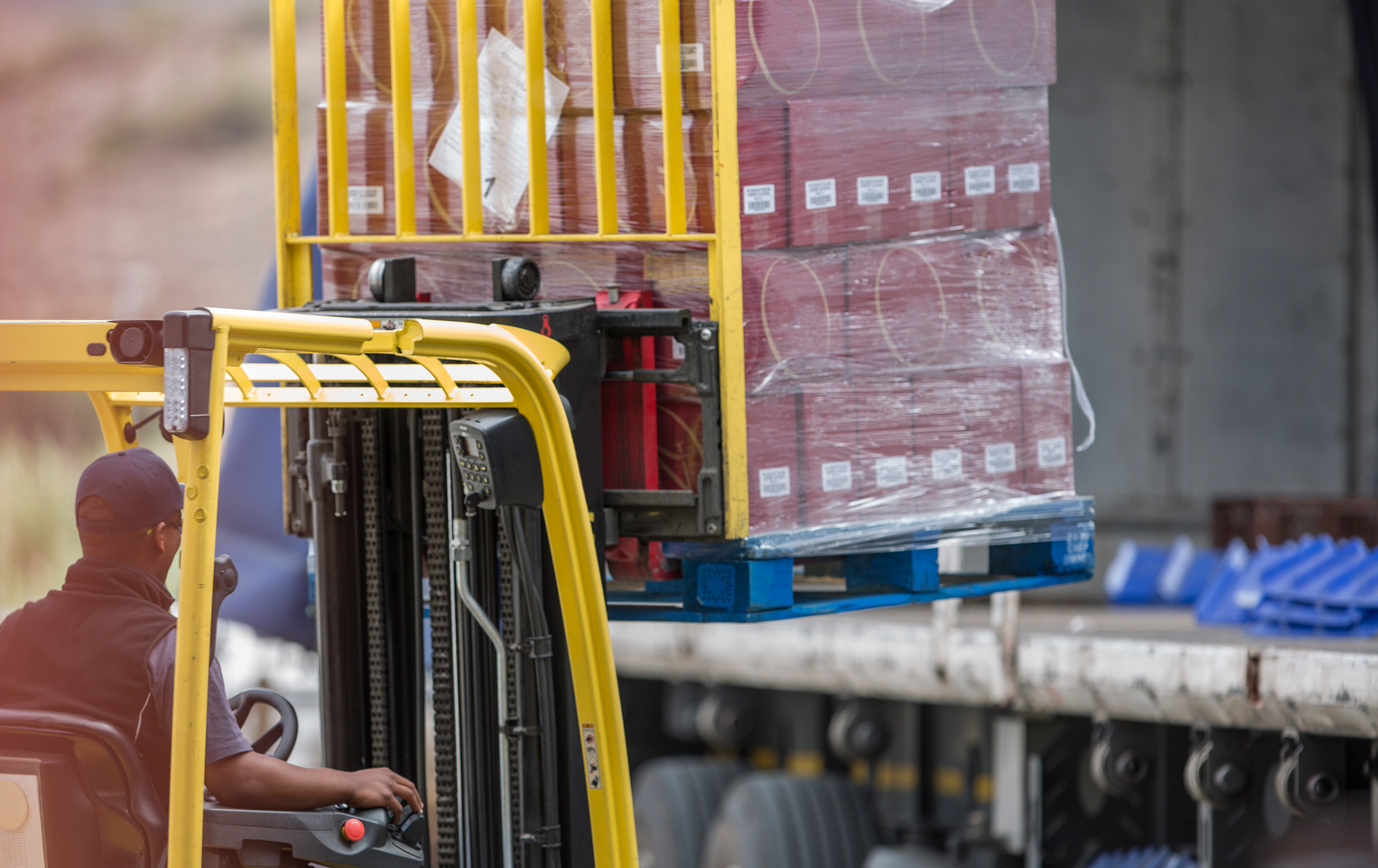Transporting goods may seem simple, but many hidden variables can significantly affect the safety and efficiency of cargo in transit. In addition to obvious factors like weight distribution and packaging integrity, conditions such as temperature fluctuations, altitude changes, and humidity levels play critical roles in maintaining the stability and security of goods. Understanding these elements is essential for ensuring that transported products arrive at their destination in optimal condition. Let’s explore how these often-overlooked factors can impact the safety of transporting goods.
Temperature Fluctuations and Their Impact
Stretch Film Cling in Cold Conditions
Temperature is an essential factor in the performance of stretch wrap. In colder environments, the cling properties of stretch film can significantly diminish. Stretch film relies on tackiness to adhere to itself when wrapping around products, and this tackiness is heavily dependent on temperature. When temperatures drop, the film becomes rigid, and its ability to cling is compromised, which can cause loads to loosen during transport.
To mitigate these risks:
- Use Cold-Weather Stretch Film: Specialized stretch films are designed to maintain cling and flexibility in low temperatures.
- Pre-Stretch Considerations: Pre-stretched film may be beneficial, as it tends to retain cling even when exposed to colder temperatures than standard hand films.
Heat and Load Stability
On the other hand, extreme heat can make the stretch film too flexible, potentially affecting the load’s stability. Excessive heat can cause the movie to lose shape, resulting in a weaker grip around products, especially during prolonged exposure. High temperatures can also cause shrink film to contract too much, putting excessive pressure on the load and risking damage to the products inside.
Altitude and Its Effects on Dunnage Air Bags
Altitude changes during transportation—especially when goods are shipped by air or across mountainous regions—can substantially impact the performance of dunnage airbags. These inflatable devices stabilize and cushion loads, but the pressure inside the airbags rises as altitude increases due to the lower external air pressure.
Risk of Overinflation: If the airbags are filled at a lower altitude and then transported to higher altitudes without adjustment, they can expand and burst, causing instability in the load and damaging products.
Solutions Include:
- Adjusting Inflation Levels: When transporting across varying altitudes, inflating dunnage airbags to a lower PSI than usual can prevent overexpansion.
- Using Altitude-Compatible Air Bags: Some dunnage air bags are designed with materials and valves that can adapt to altitude changes, reducing the risk of overexpansion.

Humidity and Its Influence on Packaging Materials
Humidity is a crucial environmental factor affecting cargo stability, especially for moisture-sensitive goods. Elevated humidity levels can weaken cardboard boxes and diminish the effectiveness of adhesives used in packaging. Moreover, moisture can degrade pallet integrity, compromising the load’s overall stability.
How to Manage Humidity Risks:
- Moisture-Resistant Packaging: Opting for materials that are treated to resist moisture absorption, like laminated or wax-coated cardboard, can help maintain packaging integrity.
- Desiccants and Dehumidifiers: Including desiccants in the packaging or using dehumidifiers in cargo holds can help control moisture levels and protect sensitive goods.
Road Vibrations and Their Effects on Load Security
When goods are transported over long distances, mainly by truck, road vibrations, and uneven terrain can cause loads to shift or become unstable. More than standard securing methods like stretch wrap or straps may be required to hold the load together under these conditions.
Solutions:
- Load Stabilizers: Adding additional load stabilizers, such as anti-slip sheets between pallet layers, can increase friction and reduce the risk of sliding.
- Shock-Absorbing Dunnage: Specialized dunnage products that absorb vibrations can be placed between pallets to minimize movement during transport.
Pressure Changes in Air Cargo
For products transported via air, the changes in pressure during takeoff and landing can create significant challenges. The expansion and contraction of air inside sealed containers or inflatable packaging can cause them to burst or become ineffective.
Mitigating Pressure Issues:
- Ventilated Packaging: Using ventilated or pressure-adjusting packaging materials can help accommodate changes in air pressure.
- Testing for Altitude Resilience: Ensuring that containers and packaging materials are tested for their ability to withstand pressure changes can prevent damage.
Static Electricity and Its Effect on Sensitive Cargo
Static electricity build-up during transportation, particularly in dry or low-humidity environments, can pose a risk for certain types of cargo, especially electronics or materials sensitive to static discharge.
Preventative Measures:
- Anti-Static Stretch Wrap: Using anti-static stretch wrap or protective packaging materials to dissipate static electricity can protect sensitive cargo.
- Grounding Measures: Proper cargo grounding and the use of conductive dunnage can help reduce static build-up during transport.
The transportation of goods involves more than simply loading items onto a truck or airplane. Understanding the nuances of environmental conditions and their impact on packaging and load stability is crucial. Whether it’s managing the cling of stretch film in cold weather, adjusting dunnage airbags for altitude changes, or protecting packaging from humidity and static electricity, being aware of these hidden factors ensures that goods arrive at their destination securely and intact.
Logistics companies and shippers should invest in appropriate materials and practices to mitigate these challenges, as doing so is an investment in product integrity and customer satisfaction. By actively managing these frequently overlooked variables, businesses can uphold the safety and quality of their transported goods across various conditions.

